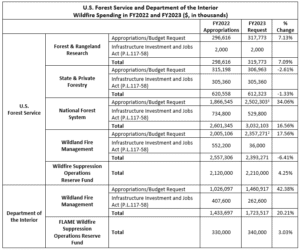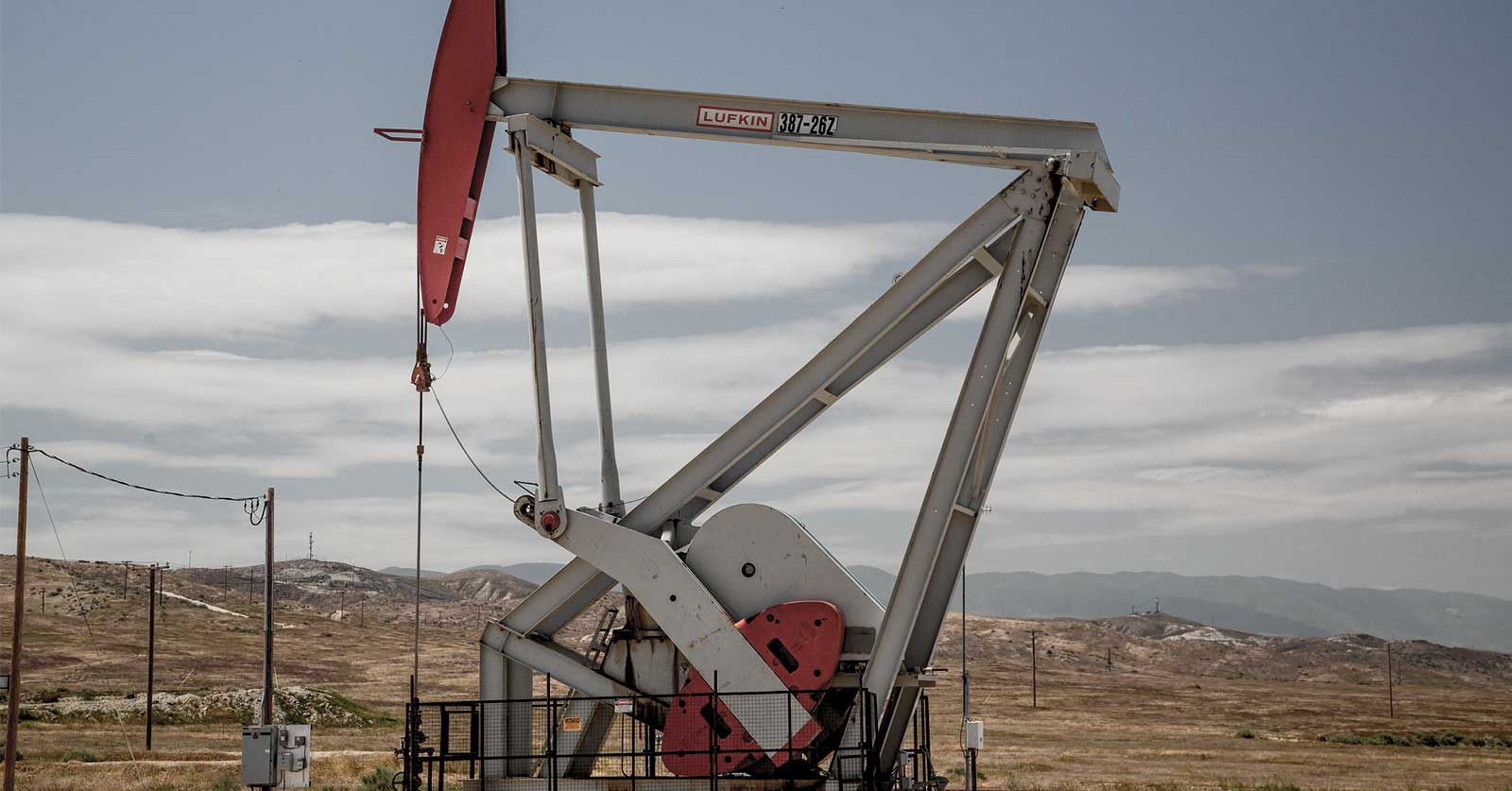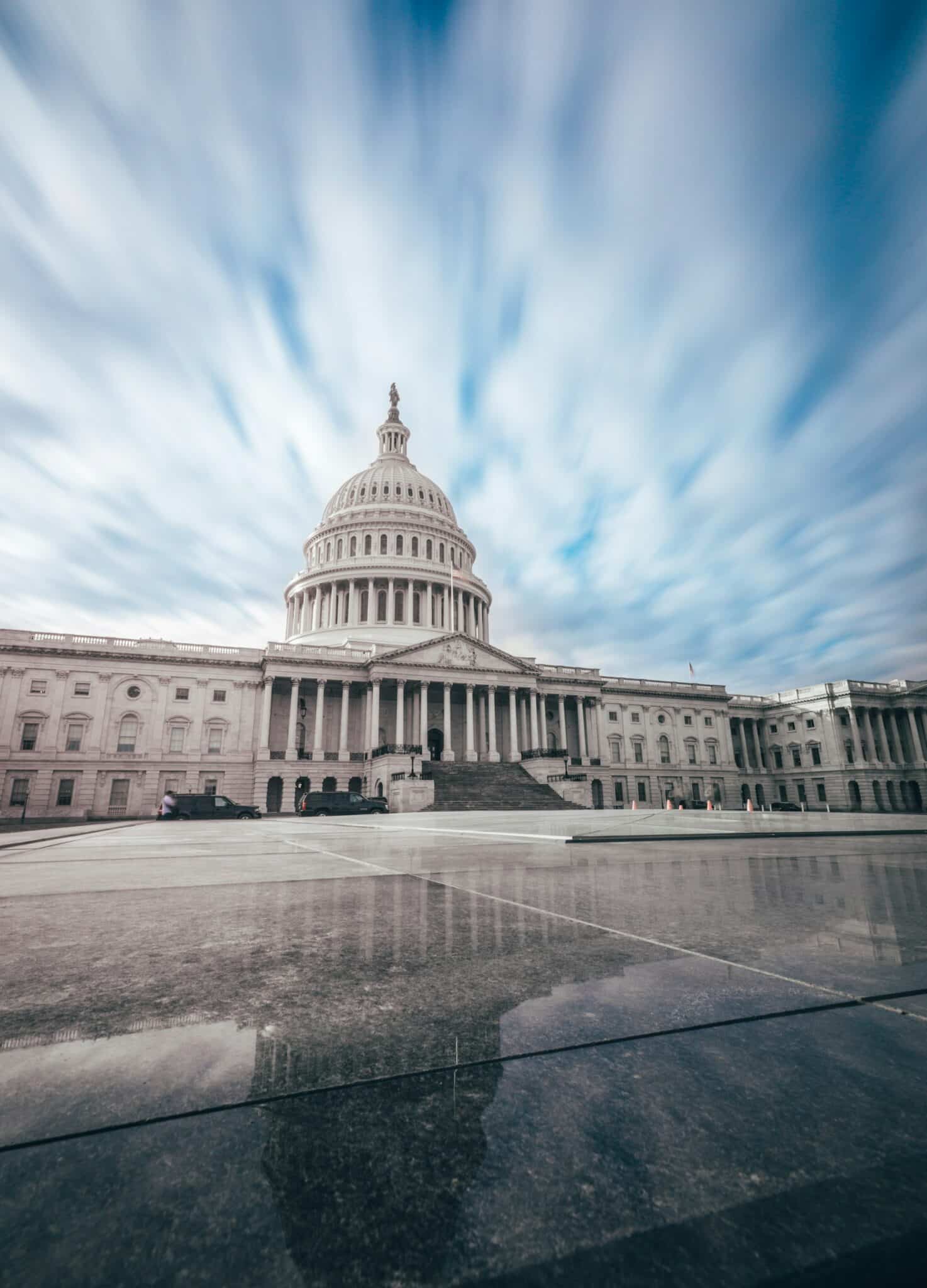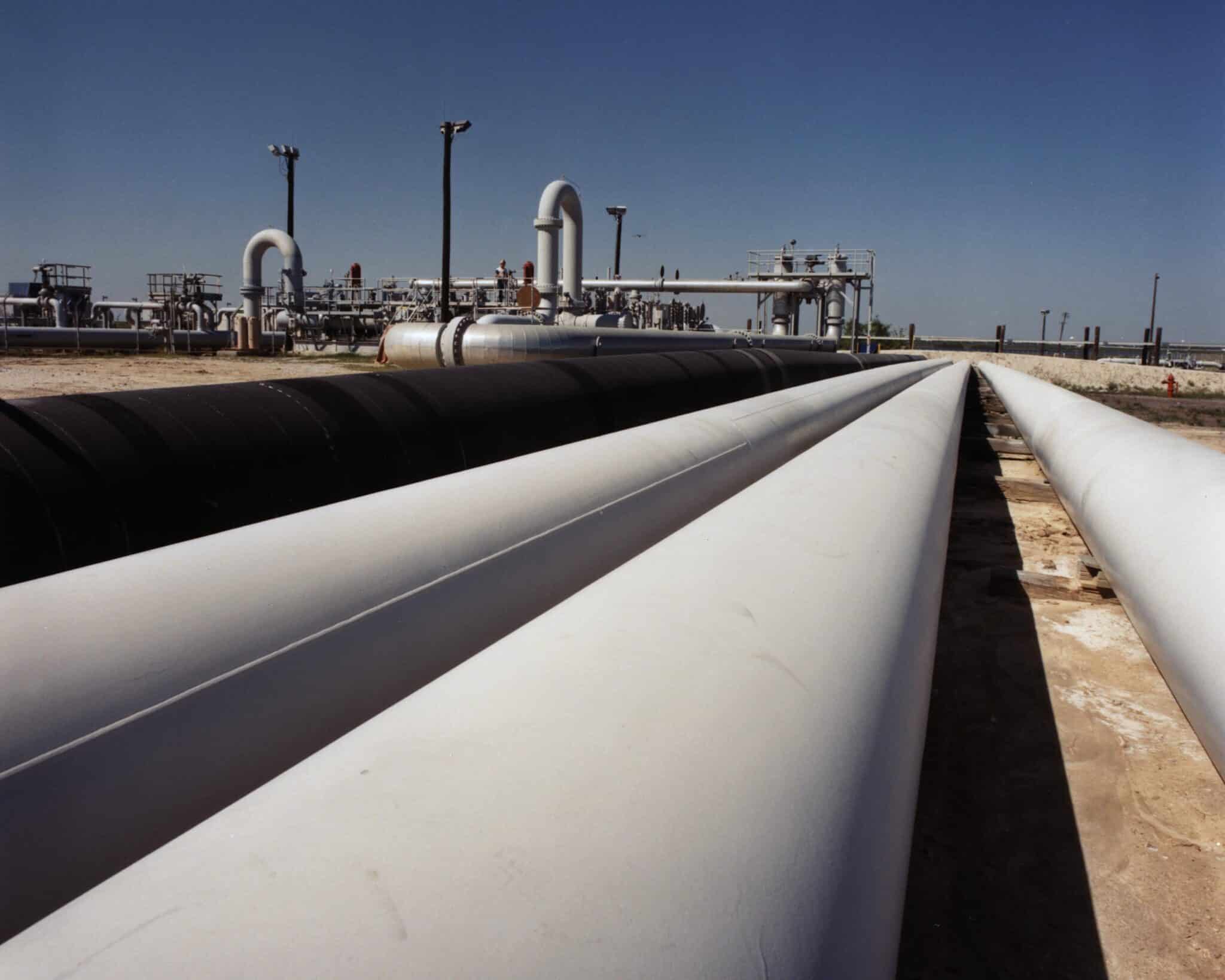The FY23 President’s Budget requested over $8.95 billion in discretionary spending for the U.S. Forest Service (USFS), a 14.5% increase from the $7.82 billion enacted by the FY22 Omnibus.
But that comparison doesn’t illustrate the real trend because the Bipartisan Infrastructure Framework (BIF) enacted in November 2021 also allocated money for the agency in FY2023. In particular, the BIF made significant investments in wildfire-related work, authorizing nearly $3.37 billion for wildfire risk reduction and $2.13 billion for ecosystem restoration. The chart below illustrates how much money has been appropriated/requested for each wildfire account under USFS and DOI:

It’s easy to get drowned in all these numbers, so here are some big takeaways:
- The USFS and DOI Wildfire Management accounts increased by 17.6% and 20.2% respectively. But the increases seem to be for smart investments instead of more reactive spending. Most can be attributed to increases in firefighter salaries and training to create a year-round workforce (their salaries were previously seasonal), enabling more continuity and more capacity for quick response. Whether the agency can balance that capacity with a more modern understanding that some fire is good – to reduce how much acreage becomes intensely dry over time – remains to be seen. Both the USFS and DOI Wildfire Suppression Reserve Funds stayed relatively flat.
- Although the State & Private Forestry request decreased slightly compared to the FY22 enacted level, the funding from the infrastructure package essentially doubled the account’s funding compared to previous fiscal years. State & Private Forestry programs like Landscape Scale Restoration, Forest Health Management, etc. help to promote wildfire risk mitigation and community resilience.
- The FY23 budget request also increased funding for the National Forest System. Collaborative Forest Landscape Restoration program, Recreation, Heritage and Wildlife program, and Vegetation Watershed Management have all been requested at close to three times the FY22 enacted level. The agency claims these are all investments to help mitigate wildfire risks so that taxpayers won’t get stuck paying for the ever-increasing wildfire suppression bill in the future.
- Hazardous Fuels is crucial to wildfire risk reduction. The budget requested $321.4 million for USFS’s Hazardous Fuels program, almost 70% percent more than FY22 enacted level. DOI’s Hazardous Fuels program also saw a 34% increase. Along with funding from the infrastructure package, Hazardous Fuels total increased from $552.8 million in FY22 to $764.1 million in FY23.
- The USFS wildfire accounts are still a confusing mess. Better organization and transparency will help the agency evaluate how effective its efforts are at dampening the trend of increasingly intense wildfires year after year.
Wildfire spending has ballooned over the years. Continuously increasing spending on suppressing wildfire without making smarter investments in risk reduction will only contribute to ever-increasing wildfire spending. Wildfire spending in FY22 and FY23 is getting a supersized increase thanks to the infrastructure package. It seems the Biden Administration intends those fund for smarter investments that will reduce wildfire suppression costs in the long run. We’ll see if Congress agrees.










